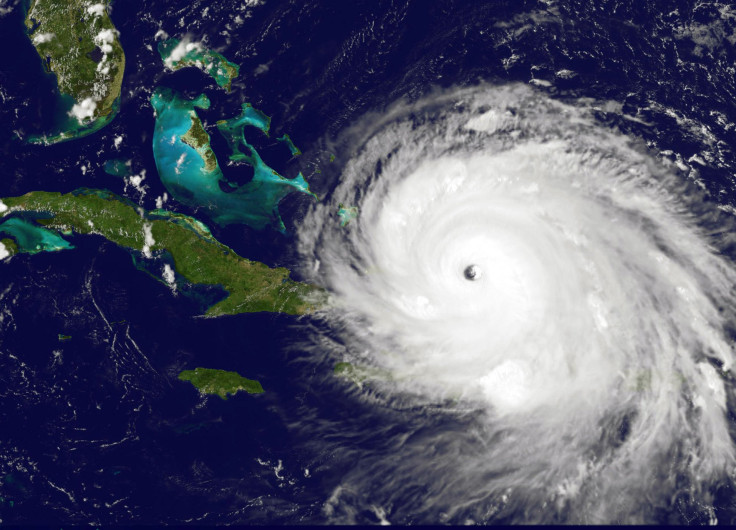Hurricane Irma Hits Cuba: Facts About The Tropical Storm And Its Damage

In the wake of Hurricane Harvey ravaging the Gulf Coast, Tropical Storm Irma caused severe destruction in the Caribbean Friday and Saturday. Irma, one of the most powerful and deadly hurricanes to date, left damage to northern Cuba as the country of 11.2 million was hit with strong winds and heavy rainfall.
Irma achieved Category 5 storm status as it made its way to Cuba. The hurricane sustained winds of 160 mph before it weakened its strength to a Category 3 storm with Florida next in its path. However, Irma is expected to strengthen by the time it approaches the Florida Keys Sunday.
Irma is considered an unprecedented storm. Many citizens had have left the region in recent days, with foreigners urged to evacuate.
“I am absolutely terrified. I have lived through tropical storms before but nothing like this,” Maybelis Viareal, 30, a receptionist at a hotel in the northern Cuban town of Remedios, told Reuters.
Irma Hit Cuba In The Northeast
Cuba experienced strong winds and rainfall at the Camaguey Archipelago, which is in the northeast part of the country. Residents from the northern coast were warned to expect abnormal tide levels between 5 and 10 feet, Cuban provinces of Ciego de Avila, Sancti Spiritus, Villa Clara, Matanzas and Havana were also included within the hurricane warning area.
Cuban provinces of Holguin and Las Tunas have been warned of a tropical storm threat.
Cuba's Last Storm Was A Dozen Years Ago
Hurricane Irma is the first Category 5 storm to approach Cuba in over a decade. Cuba's last threatening storm was Hurricane Matthew in 2007 and Hurricane Rita in 2005. Rita caused $12 billion in damage to Cuba and the U.S. Gulf Coast.
Including Hurricane's Irma and Rita, Cuba has been hit with a Category 5 storm six times. According to Cuban media, Irma marks the first time the eye of a Category 5 hurricane had made landfall since 1932.
No Death Toll In Cuba
RIsing water migrating inland from the coastline and torrential rain could prove to be life-threatening for Cubans. However, the government has moved hundreds of thousands of residents, as well as tourists away from areas by the coast. Soldiers and Cuban civil defense brigades moved visitors and citizens into shelters, including at least 39 caves.
No deaths have been accounted for in Cuba at this time. However, Irma's death toll has increased to at least 23 people in the Caribbean, with most of the casualties coming from St. Martin and St. Barts, and the British and U.S. Virgin Islands.
Cuba thoroughly plans for hurricanes. "Cuba has a very well functioning system when it comes to preparedness for these kinds of disasters, which results in much lower numbers of victims compared to the rest of the region," Al Jazeera reported Saturday.
Extensive Flooding
On Friday, 23-foot high waves crashed over seawalls in eastern Cuban cities, according to the Miami Herald. Cuban state media reported waves exceeding 30 feet along the northern coast causing extensive flooding.
The governor of Camaguey province said the area was "seriously affected" and there has been "significant damage" to the area.
Cuba Will Likely Be At A Financial Loss After Irma
Though Cuba, and its most populated city, Havana, have been spared more than other parts of the Caribbean, the destruction to beach resorts could cause major problems for Cuba's economy. Irma is expected to hit Cuba on Saturday, causing more damage to infrastructure.
In 2007, Hurricane Matthew caused roughly $2.6 billion in damages to Cuba.
© Copyright IBTimes 2024. All rights reserved.





















